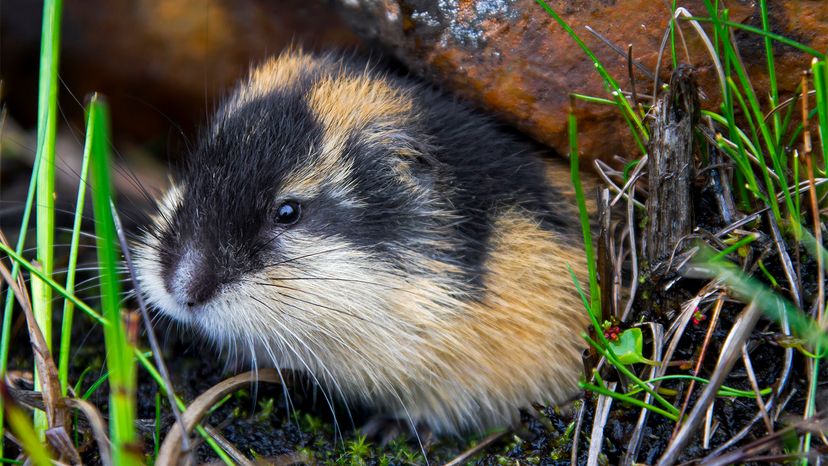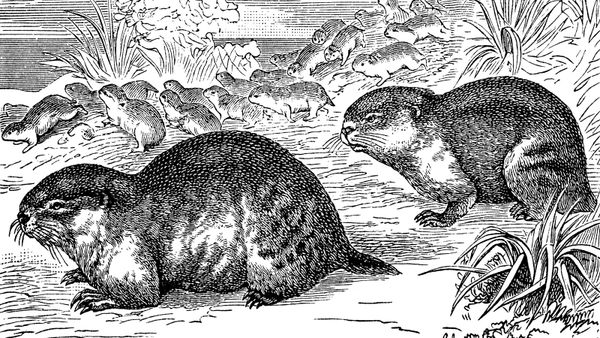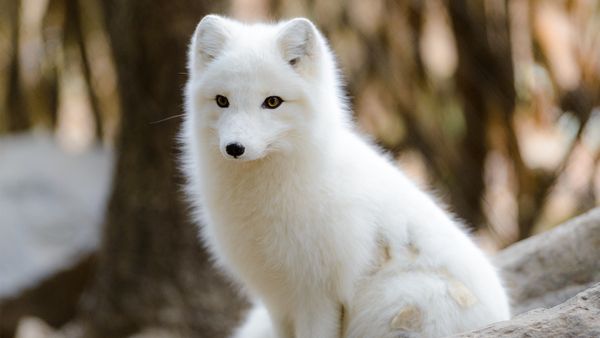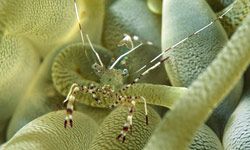
You've probably heard of a lemming before, but maybe just in context of a metaphor for someone so stupid they would follow a bunch of other people into a bad situation rather than think critically about their position and act according to their best judgment.
Lemmings are not impressionable people, however — they are actually a group of several species of small rodents native to the Arctic regions of the globe. They are stocky, short-tailed voles that burrow under the snow in winter, providing food for Arctic foxes and snowy owls, and spend the summer mating and eating mosses and grasses that aren't available in the winter. They migrate when food becomes scarce and can even swim across rivers and lakes when necessary. They also have the reputation for being extremely aggressive — rather than running away from a predator, they charge their attacker. They've even been known to attack humans studying lemmings.
Advertisement
So, why would these little creatures, interested in preserving life and limb to the point that they would fight a human or a weasel rather than be eaten, also commit suicide? The truth is, their reputation for jumping off sea cliffs en masse is a myth.
"This idea stems from the migrations observed in one lemming species: the Norwegian lemming," says Rolf Anker Ims, a researcher in the Department of Arctic and Marine Biology at the Arctic University of Norway, in an email interview. "During the peak years of this species, a large number of individuals migrate out of their normal habitat and die in large numbers. It's unclear what causes these migrations, but social stress, food shortage or predators are candidates. Suicide is not a good explanation."
The lemming suicide myth was popularized in the 1958 Disney film "White Wilderness" in which many lemmings were allegedly herded off a sea cliff so that the filmmakers could get dramatic footage of "lemming suicide." The footage convinced many people of the truth of lemming suicide, though the veracity of the footage was later called into question and the myth debunked.
Advertisement


